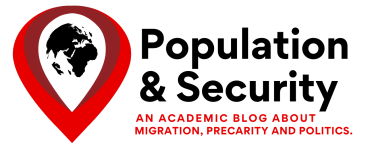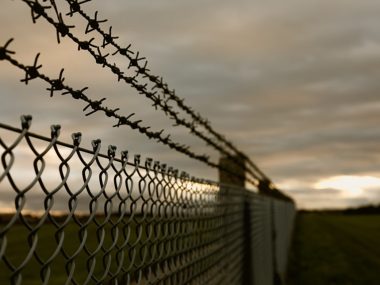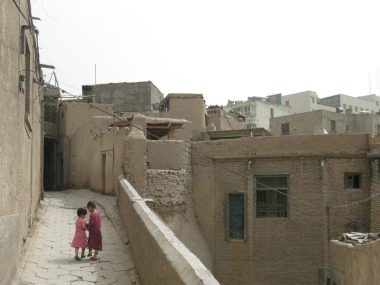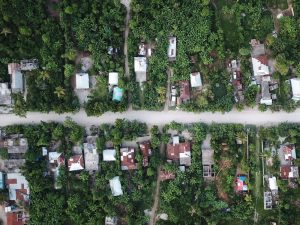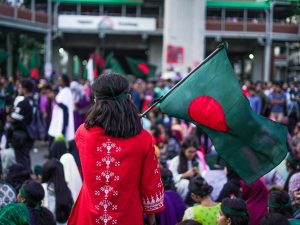Caught in the Crossfire
Decades of political tension and armed violence entered a new, dangerous phase when Hamas launched a deadly surprise raid against Israel on October 7, 2023, with 1,200 killed, 8,700 injured, and 250 held hostage. This would later compel the Israeli Government to launch a retaliatory offensive strike against Hamas in the Gaza Strip, leaving 41,788 dead, 96,700 wounded, and 1.9 million displaced. As a result of the Hamas terrorist attack, four Overseas Filipino Workers (OFWs) were killed, while a Filipino caregiver was kidnapped from Kibbutz Nir Oz and later released. As a preventive measure against further casualties, Migrant Workers Secretary Hans Cacdac stated that as of October 8, 2024, a total of 1,326 Filipinos were repatriated from four main conflict-affected and high-risk areas (e.g., Israel, Gaza Strip, West Bank, and Lebanon). The downward spiral of the security situation in the Middle East is expected to incur significant humanitarian and economic costs for everyone residing or working in the region. The Philippines, a predominantly labour-exporting country with a significant number of Overseas Filipino Workers (OFWs), is likely to be among the foreign nations (outside of the Middle East) most affected by the conflict. How will the escalating conflict between Israel, Hamas, and its allies (including Iran and other Iran-backed militant groups, such as: Palestinian Islamic Jihad in the West Bank; Hezbollah in Lebanon; Houthis in Yemen; and various militias based in Iraq and Syria) impact the Philippines?
Background: Recalling the “OFW Phenomenon” in the Middle East
The “OFW phenomenon” traces its modern roots to the Middle East. In his article, “Formulating a Theology of the Filipino Diaspora”, Dr. Luis Pantoja, Jr. explains that the mass exodus of Filipinos to other developed countries is driven by the confluence of “push” factors that are mainly economic and political by nature, such as: lack of employment opportunities, government corruption, and distrust in traditional politicians or “trapos”, among others. Meanwhile, Zach Willis describes the “pull” factors that correspond with seismic shifts in the global political economy. The discovery of oil and consequent construction boom in the Gulf Coast states in the 1970s provided a window of opportunity for then-President Ferdinand Marcos, Sr. to export labour (mostly men), especially at a critical moment when the Philippines was reeling from rapid population growth, balance of payments debts, and a foreign currency deficit. The next wave of labour export corresponded with what Ana Santos characterizes as the expansion of the service sector in the 1980s and 1990s. During this time, women followed suit and began working as domestic aids and caregivers in the industrialized countries of the Middle East. From the initial size of around 12,000 workers who arrived in the region in 1975, increasing to 380,000 in the mid-1980s, the population size of OFWs (which includes permanent migrants, documented/temporary migrants, and irregular/undocumented migrants) has exponentially grown to 2,103,142, as per the latest 2024 data from the Department of Foreign Affairs.
Critical Analysis: Understanding the Strategic Implications of the Israeli-Hamas War to the OFWs in the Middle East
In the worst-case scenario that the armed conflict spills over from Israel, the Gaza Strip, the West Bank, and Lebanon, dragging the US and its regional allies to participate in the war against Hamas (along with Iran and the other proxies), the Philippine Government could be compelled to order the mandatory mass evacuation of its 2 million or so overseas Filipinos. This would equate to a sudden revenue loss of approximately US$591,767,000. In addition, given the latest order from President Ferdinand Marcos, Jr. to increase financial assistance for repatriating overseas Filipino workers, the Philippine Government will need to reallocate PHP150,000 (approximately US$2,500) for each repatriate, plus subsidies with multiple domestic and international airline companies. Worryingly, this may trigger both humanitarian and economic crises in the Philippines, as the Philippine Government is highly likely to be overstretched by the need to mobilize key national government agencies. This situation may result even with assistance from other friendly countries and humanitarian organizations, as approximately 20% of the total number of OFWs may be arriving in the Philippines.
| Host Country/Territory | Overseas Filipino Population* | Revenue (in US dollars)** |
| Israel | 30,742 | 106,980,000 |
| Palestinian Territory (Gaza Strip and West Bank) | 411 | N/A |
| Lebanon | 17,537 | 194,500,000 |
| Bahrain | 57,408 | 26,192,000 |
| Iraq | 1,598 | 11,000 |
| Saudi Arabia | 743,046 | 203,242,000 |
| Jordan | 41,462 | 5,993,000 |
| Oman | 58,250 | 38,858,000 |
| United Arab Emirates | 648,929 | 159,332,000 |
| Qatar | 222,563 | 91,235,000 |
| Kuwait | 272,743 | 54,261,000 |
| TOTAL | 2,094,689 | 591,767,000 |
** Figures in thousand US dollars for July 2025 were derived from the Central Bank of the Philippines database as of September 26, 2025.
Conclusion: Bringing Home the OFWs in the Middle East for Good
The Israeli-Hamas war brings into the global limelight the asymmetric dependence of the Philippine Government on OFWs, especially those based in the Middle East, as “modern-day heroes”—huge contributors of remittances that are essential in keeping the national economy afloat. At the same time, however, it exposes just how OFWs could suddenly become “modern-day hostages”—foreign labourers who are highly vulnerable to exogenous shocks, such as armed conflicts in the very host countries where they struggle to earn money.
Moving forward, President Ferdinand Marcos, Jr. may want to end, rather than perpetuate, the “OFW phenomenon” which has institutionalized labour export as an integral component of national economic development. This can be done through massive investment in workforce skills, training, and education aimed at helping the OFWs climb the value chain from elementary to high-skilled occupations. Furthermore, to do this, the Philippine Government should embark on physical and digital infrastructure development with a more diversified and sustainable funding strategy under the Build Better More program. It must also aim to improve the local business and investment climate to attract greater Foreign Direct Investments (FDIs). This can be supported by maintaining law and order, implementing the Ease of Doing Business Law, and incentivizing the Local Government Units (LGUs) to lower corporate taxes and operating costs. Lastly, the Philippine Government would need to facilitate the creation of domestic jobs with competitive salaries, strong labour protection mechanisms, and work-life balance workplace policies. This way, fewer OFWs may feel compelled to leave, thereby placing themselves at risk of being injured or taken hostage to provide for their family at home.
